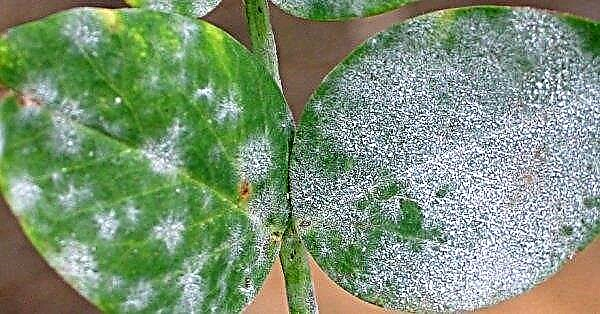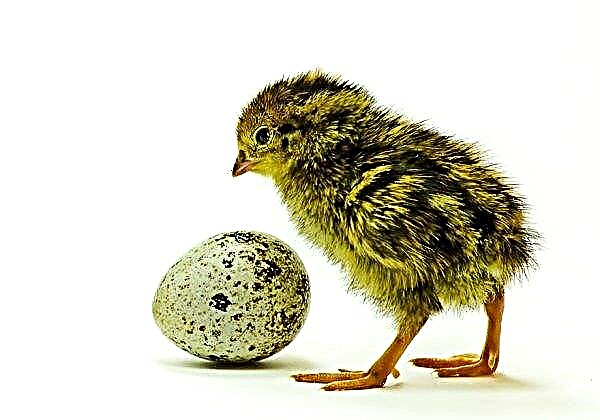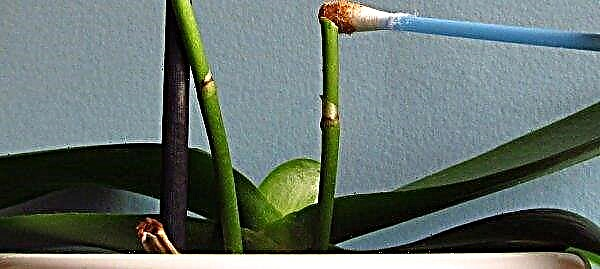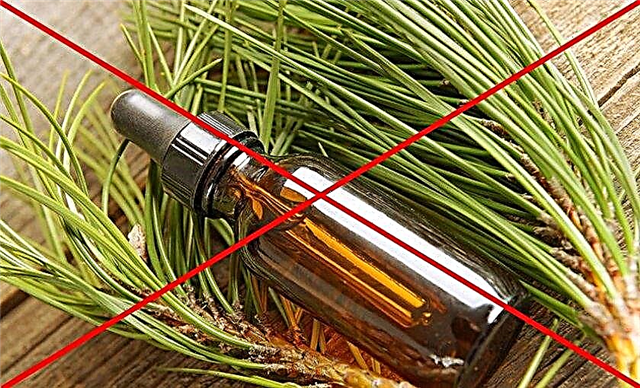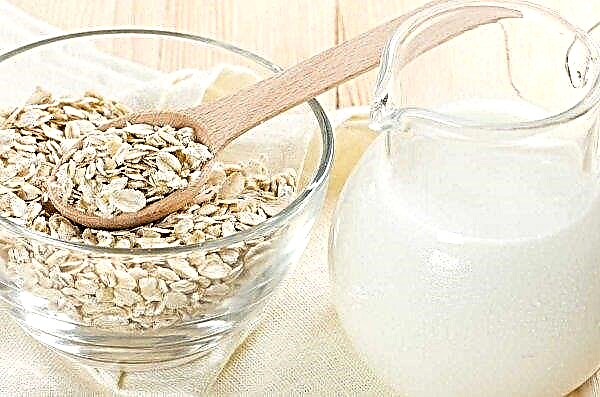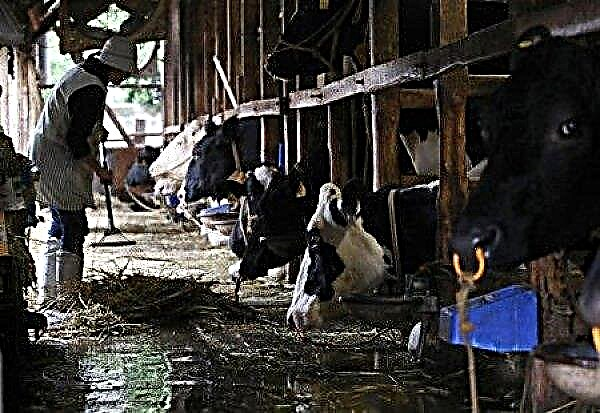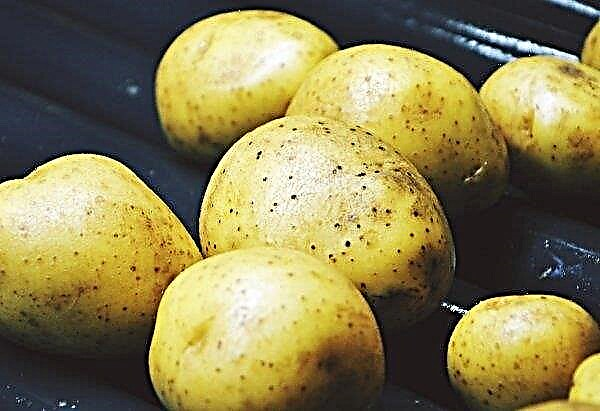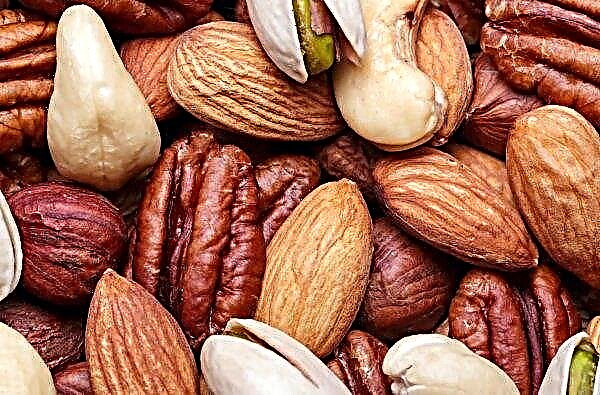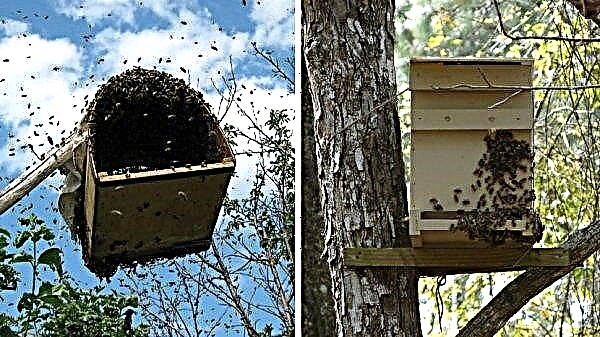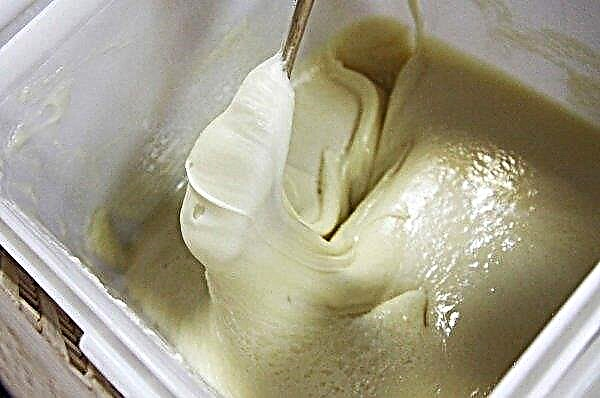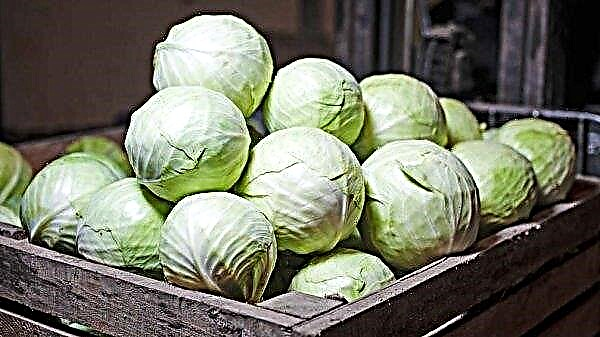In a temperate climate, melons are grown, as a rule, in greenhouse conditions, which allows you to create the necessary microclimate and suitable conditions for obtaining a good harvest of this gourd. The features of greenhouse growing and plant formation will be discussed later in this article.
Why you need to form a melon in a greenhouse
A greenhouse is a room, limited by a certain size, where a crop of various vegetables and melons is grown and not only. Since melons are creeping herbaceous plants, in a small space they must be formed. Carrying out such a procedure also helps to improve fruiting and crop quality.
Formation involves:
- pinching the bush, in order to prevent its strong growth;
- tying the stem to the supports.
Care for formed plants is much more effective and in more comfortable conditions.
Important! It is necessary to form melons in a timely manner, preventing the growth of lateral shoots, which can reduce the strength of the main stem and affect the laying of the future crop.
Dates and basic rules for the formation of melons
The first stage in the formation of a melon in a greenhouse is its pinching - removal of the lateral processes. This procedure is carried out 2 weeks after transplanting seedlings into the greenhouse. At this point, the bush melon should have 2 healthy shoots, all other processes are cut off.
Next, these strong shoots must be tied up. This procedure is performed very carefully so as not to damage the flowering and future ovaries on the mustache.
In the future, it is necessary to control the number of ovaries on the bush, leaving no more than three. First of all, this is due to a lack of space in the greenhouse, in addition, such a number of ovaries on the stem will allow the plant to produce a crop worthy in size and quality.
Form melons, adhering to the following rules:
- The top of the stem is removed with your fingers, just pinching it. Manually tear off and side stepsons.
- Male flowering at the first appearance on the stem is maintained.
- Strong shoots are left and tied to a support, which can have a different look.
It is necessary to pinch the melon at the moment when the plant already has 3 pairs of leaves or 4-5 pieces. Pinch off the top of the shoot above this place, which will have a stimulating effect on the development of the bush, lateral shoots will appear from each sinus of the leaf remaining on the bush. It is on these stepsons of the second and first order that the fruits will be formed.
How to shape a melon in a greenhouse
When growing a melon crop in a polycarbonate greenhouse, certain conditions must be observed that will contribute to the proper formation of the crop. In order for the seedlings to be healthy and strong, it is necessary:
In order for the seedlings to be healthy and strong, it is necessary:
- observe the temperature regime, the air must be warmed up to +19 ... + 25 ° C;
- provide good and timely ventilation;
- create good lighting conditions.
In this case, the coating material of the greenhouse plays an important role, and polycarbonate is the most optimal option, since it transmits sunlight well, inhibiting ultraviolet radiation, has high heat efficiency.
Pinching should occur in several stages.
Initially, seedlings are formed. 2–3th order shoots are nipped, trimming their tops allows the plant to direct forces to the formation of fruits. The scheme of further formation will be determined by the method of growing the crop, which can be vertical or horizontal.
After the first stage, the plant has 2 strong lashes, which are the most developed. They are called 1st order shoots. After about 2 weeks, shoots of the 2nd order are formed on them, on which female flowering will appear in the future. It is these flowers that eventually transform into fruits. To prevent their further growth, the top of these shoots is torn off. Among the formed ovaries, some of the most successful are chosen, and the rest are removed so that the plant spends its strength only on their development.Pinch the main shoot when it grows to the end of the trellis. On the shoots of large varieties of melons, 2 ovaries are left; on the lashes of varieties with small fruits, it is allowed to leave up to 7 ovaries.
Seedlings
After 25–35 days from the moment of planting the seeds, the grown seedlings are ready for transplanting into the ground. Culture is developing rapidly, so you should be careful not to miss the moment. At the stage of formation of the 3-4th leaf pinch seedlings. Then the plant will start a new main shoot from the sinus of the upper leaflet, and the side stepsons will come out of the lower leaves.
With vertical cultivation
The traditional formation of a culture in a greenhouse involves the preservation of one stem, but sometimes two strong main shoots are left. After pinching the seedlings, the procedure is repeated when the central stem reaches the top of the skeleton, which is at a level of 2 m. Lateral, fruit-bearing stepchildren pinch over 2–4 leaflets if they have an ovary, and if it is absent, this lateral shoot is removed.
Did you know? To maintain the fruit in a vertical cultivation method, nets in which melon is placed can be used. They are fixed on the trellis and allow the melon to develop successfully, without overloading the stem and preventing clipping.
Varieties with small fruits are more suitable for this method of cultivation. An example is the Kolkhoznitsa variety with small, round melons.
With horizontal cultivation
This method is used more often for growing in open ground, because it uses irrationally a lot of space in the greenhouse and causes an increase in humidity due to the continuous shelter of the soil.
Plant formation after pinching seedlings occurs on two main stems after the 4th – 6th leaf. Planting melons in this way is very thickened.
In the greenhouse, you can organize a trellis, along which the stem is directed upwards along the slats, tying it at equal intervals. The growth point of the main lash is removed at a mark of 1.5 m, which provokes the development of side lashes. After the stepsons have grown enough, they are tied to horizontal guides and after the 5th leaf, the growth point is removed. This will stimulate the appearance of shoots of the 2nd-3rd order, on which flowers and ovaries will appear. Each lash should have no more than 1 fruit, while pinching it after the 3-4th leaf after the formed ovary. Flowers on the main stem rarely form ovaries and often remain infertile.
Further care
The following care is required in a polycarbonate greenhouse behind a melon bush formed:
- The air temperature in the room should be between +28 ... + 30 ° C. If the air warms more on hot days, ventilation is recommended.
- Humidity in the greenhouse should be moderate.
- Watering should not be plentiful, since the root system of gourds is well developed and can get water deeply. If the soil is excessively watered, it is possible to provoke rotting of the root neck, which will lead to trauma to the plant and cracks in the fruits.
- A flowering plant in a greenhouse is pollinated artificially. This can happen manually or bees are brought into the greenhouse.
- To stimulate the growth and increase the strength of the plant, it is necessary to use complex mineral fertilizers and wood ash.
- In a polycarbonate greenhouse, melons need to provide good ventilation.
Important! The fewer ovaries left on the lash, the larger the size of the melons.
Further formation of bushes
In order for the plant to develop correctly and be able to bear fruit well, constant monitoring of how it grows is necessary. To this end, the formation of a melon mustache and control of the number of ovaries must be carried out until the first fruits ripen. This is due to the fact that the growth of side stepsons, abundant flowering and a large number of ovaries take away too much energy from the plant, and it is not able to produce a quality crop. This can be avoided by leaving the necessary number of successful ovaries and removing extra flowers and side stepsons, then you can grow large fruits. On average, 3-4 ovaries are left on each lash.
Video: Forming and caring for a melon in a greenhouse
Possible errors and their elimination
Inexperienced gardeners in the process of growing a melon crop in a greenhouse often encounter a number of problems, among which are:
- Technique for pinching a melon on a sample of watermelon. These two gourds are very similar, but the scheme of this procedure is significantly different: the watermelon ovaries are formed on the main stem and the melons on the lateral ones, so you should not remove the lateral stepsons from the melon following the example of the watermelon, since then there will be no harvest.
- It is necessary to pinch the main stem in a timely manner, since its growth can significantly affect the development of the lateral lashes and the formation of the ovaries of the future crop on them. They may experience a lack of vitality.
- In the process of forming a bush, it is necessary to control the number of lateral shoots, since a very dense landing, uncontrolled growth of untied lashes create conditions for plant disease and crop death, due to the fact that the fruits do not receive enough light and ventilation.
- Since the pollination process in a closed greenhouse cannot occur naturally, it is done manually. If you do not take care of this procedure, the ovary may not form, and there will be no harvest. Neither proper pinching nor lashing of the lashes will affect this.
Did you know? Traditional Chinese medicine successfully uses all parts of the melon. Various medicinal products are made on the basis of seeds, leaves and roots, and the fried and dried seeds of this melon are a very popular African and Indian snack.
Useful Growing Tips
When planting gourds, in particular, melons, it is better to observe the uniformity of planting, that is, to grow only one crop in a separate greenhouse, or to observe the rules of the neighborhood.
The forerunners of melons in a greenhouse can be:
- greenery;
- radish.
Melons grow poorly next to such crops:
- cucumbers;
- pepper.
Thermophilic coexists well next to them:
- Tomatoes
- eggplant.
Pollinating melons is necessary on their own, if pollination has not occurred naturally. To do this, you can carefully attach the stamens of the male flowering to the female pistils or transfer the pollen by hand, armed with a brush.
Fruits suspended in a grid should not touch the surface of the earth. Curling lashes during horizontal cultivation must be directed in such a way as to prevent the planting of rows between rows.
The formation of melons in greenhouse conditions is the key to the proper development of the plant and to obtain a quality crop. It is important to ensure that pinching and tying occurs at a certain time in accordance with agricultural technology.

